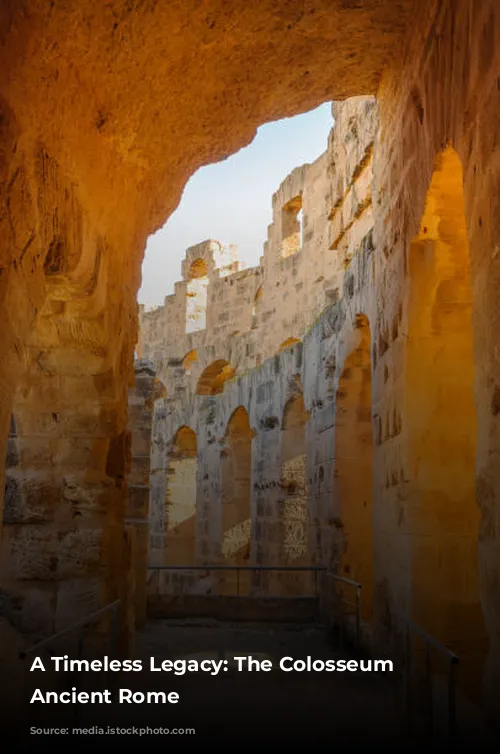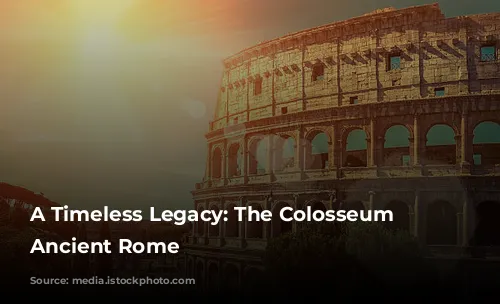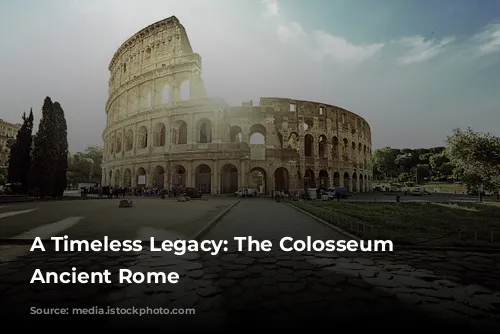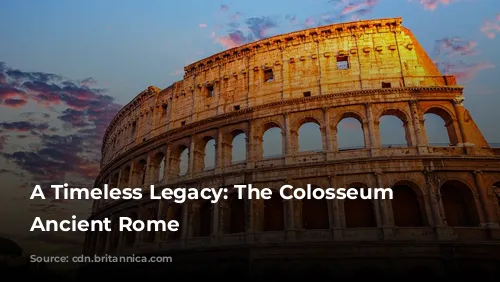The Colosseum stands today as a testament to the architectural brilliance and engineering prowess of ancient Rome, a structure that has withstood the test of time and remains a beloved landmark. It’s more than just a piece of history; it’s a significant source of income for the Italian government, attracting millions of tourists each year. In 2018, the Colosseum, Roman Forum, and Palatine Hill raked in over $63.3 million (€53.8 million), making it Italy’s top tourist attraction.
A Monument’s Journey Through Time
While the Colosseum has been a beacon of history for centuries, its journey hasn’t been without its challenges. The fall of the Western Roman Empire saw the structure fall into disrepair, with little care given to its preservation. The Colosseum was repurposed for various uses, becoming a fortress for powerful families like the Frangipane and Annibaldi in the 12th century. The 15th century brought even more neglect, as Pope Alexander VI allowed the Colosseum to be used as a quarry, a sad fate for such a majestic structure. Only in the 1990s, after over a thousand years of neglect, did state-funded restoration efforts begin to breathe life back into this ancient wonder.
A Symbol of Imperial Power
The Colosseum’s construction was a grand project that reflected the ambition of the Flavian emperors, particularly Vespasian, who sought to revitalize Rome after the chaotic “Year of the Four Emperors” in 69 CE. Like other amphitheaters, the Colosseum was designed to be a hub of entertainment for the masses, hosting spectacles like gladiator fights, animal hunts, and even mock naval battles.

From Construction to Dedication: A Monument to Glory
The Colosseum’s construction began under Vespasian between 70 and 72 CE, a project that was completed by his son, Titus, in 80 CE. This grand opening was marked by a lavish 100-day celebration, a testament to the Colosseum’s significance. Domitian, Titus’ successor, completed the structure by adding its fourth story in 82 CE. It’s worth noting that the Colosseum’s construction was funded by the spoils of war – the plunder from Titus’s conquest of Jerusalem in 70 CE. It was built, tragically, by enslaved Jews from Judaea, adding a complex layer to the monument’s history.
An Architectural Marvel of Ancient Rome
The Colosseum is an amphitheater with an elliptical shape, built from stone, concrete, and volcanic tuff. Standing four stories tall, it measures 620 by 513 feet (189 by 156 meters), with a capacity of 50,000 spectators. It was primarily used for gladiatorial combat, but also hosted a variety of other events, including animal hunts, mock naval battles, and even public executions.
A Symbol of Power and Entertainment
The Colosseum was strategically placed just east of the Palatine Hill, replacing the artificial lake that once adorned the site of Nero’s Golden House. This move was both practical and symbolic, allowing Vespasian, who had humble beginnings, to replace the tyrannical emperor’s personal retreat with a public space where tens of thousands of Romans could come together for entertainment. The Colosseum was more than just a venue; it was a symbol of imperial power and the Roman people’s right to spectacle.

An Ingenious Design
Unlike the amphitheaters of the past, which were often built into hillsides for support, the Colosseum was a freestanding structure, utilizing a complex system of barrel and groin vaults. Its grand exterior featured three stories encircled by arcades, with engaged columns in the Doric, Ionic, and Corinthian styles, a design that influenced the Renaissance’s codified architectural approach known as the assemblage of orders. The Colosseum’s construction materials were meticulously chosen: travertine for the main structure and facade, volcanic tufa for the secondary walls, and concrete for the inner bowl and the arcade vaults.
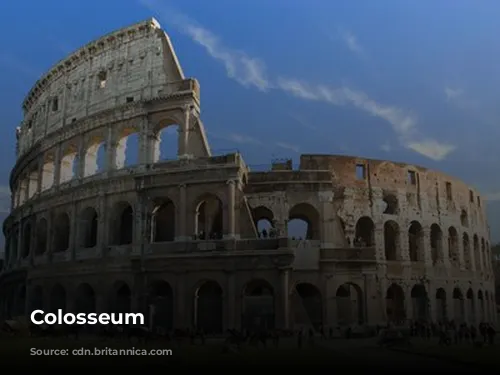
Ensuring a Comfortable Experience
The Colosseum provided a comfortable and visually appealing experience for its spectators, thanks to its clever design. A massive retractable awning, known as a velarium, offered protection from the sun. Supporting masts extended from the Colosseum’s top story, and a team of hundreds of Roman sailors would manipulate the rigging to extend and retract the awning.
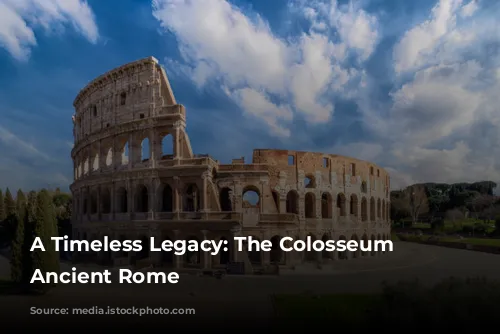
A Stage for Gladiatorial Combat and More
The Colosseum was the setting for a multitude of spectacles, including the gladiator fights, man vs. animal battles, and the mock naval battles that would fill the arena with water. However, it is debated whether the Colosseum was the site of the martyrdom of early Christians. While some believe it to be a possibility, there is no concrete evidence to support the claim.
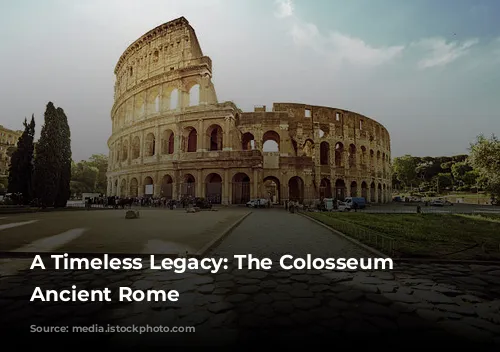
A Monument in Peril and Preservation
The Colosseum witnessed centuries of change, from a place of entertainment to a fortress and even a quarry, facing damage from lightning, earthquakes, and vandalism. The Colosseum suffered a significant loss of its marble seats and decorative elements, its majestic presence diminished. However, the 19th century marked a turning point with the start of preservation efforts. Pius VIII led significant restoration efforts, and the 1990s saw a full-scale restoration project begin. Today, the Colosseum stands as a symbol of Roman ingenuity, a testament to the resilience of historical structures, and a reminder of the vital role that restoration plays in preserving our shared cultural heritage.
